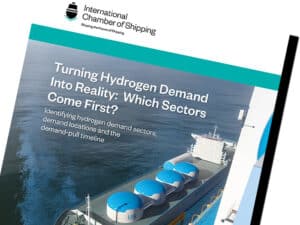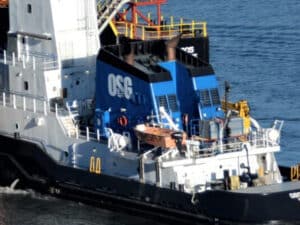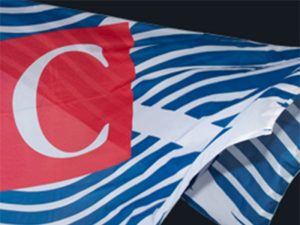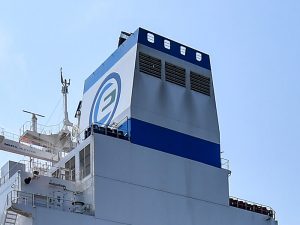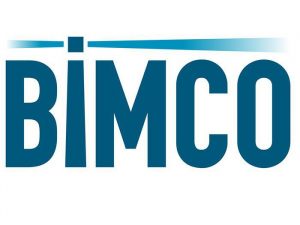
Seaways sheds 12 ships following Diamond S merger
Written by Nick Blenkey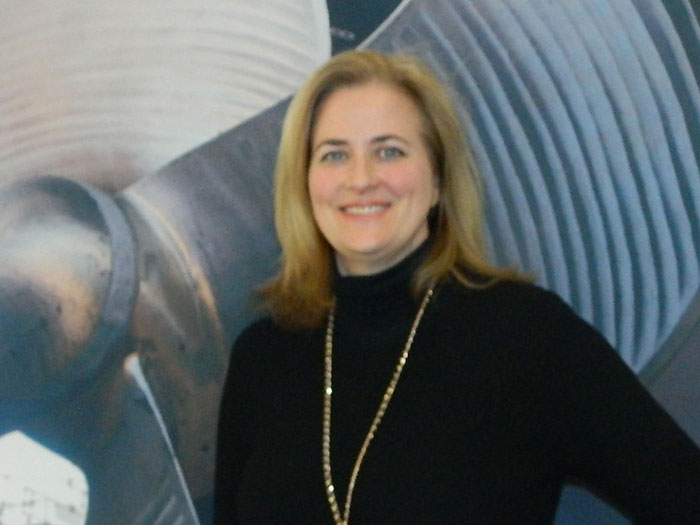
International Seaways president and CEO Lois Zabrocky: “We feel that we’re quite happy with the prices that we’re achieving across the fleet.”
New York, N.Y., headquartered International Seaways (NYSE: INSW) yesterday reported its results for the second quarter of 2021. Although the company’s successful merger with Diamond S Shipping Inc. completed after the close of the quarter, it said yesterday that it has enacted a “post-merger asset optimization program.”
This has resulted in the sale of a 2002-built VLCC, which was delivered to buyers in the third quarter, and agreements to sell four 2002/2003-built Panamaxes and seven MRs acquired in the merger. Additionally, a full fleet review is underway in which Seaways says it is continually exploring the sale of its least efficient or otherwise non-core assets.
All of this got the attention of analysts in a conference call yesterday. Here’s an exchange between Omar Nokta of Clarksons and International Seaways president and CEO Lois Zabrocky. Here’s what they said:
Omar Nokta
Yeah. I’ve just had a question. Obviously, you mentioned getting to the 100 vessel mark, which is obviously gives you critical mass and a significant footprint. You are selling some older ships and which is something you telegraphed. So it’s not a surprise. But I do want to ask maybe just about the Panamaxes is in particular, you sold for those and take away a big chunk of your fleet capacity in that segment. I know those vessels have been involved in the South America niche trade and so just wondering. …
Lois Zabrocky
Yeah.
Omar Nokta
… kind of about those, are those to be replaced or is that trade changing in the future?
Lois Zabrocky
No. No. Definitely, Omar, those vessels, unfortunately, will turn 20 in early 2022 and it’s not part of our strategy to operate the tankers past the 20-year mark. And what we have done is sold some of those for green recycling or consistent with the Hong Kong convention and we’re taking advantage of what are really strong recycling prices right now.
And then, indeed, our trading in Panamax International is really a critical niche component where we earn a premium in trade and we will be supplementing in Panamax International. In fact, we have just recently chartered in a vessel for a couple of years. So we will look in that Panamax pool to sort of bulk back up our presence there. And the sale of the Panamax is simply strategic, because those vessels are going to turn 20 years old and then tactical, because we wanted to take advantage of where the very strong recycling prices are today.
Omar Nokta
Got it. Thanks, Lois. It’s pretty clear. And you’re—and it’s a good point, the — we have seen scrap prices increase significantly this year. Just sort of on the—maybe the question regarding, overall, you’re looking at potentially other non-core assets to sell. Any color you can give on what you would deem as non-core at the moment, any specifics you can share?
Lois Zabrocky
Well, we always say that, we have a constant calculation going on the vessels in all of our fleet on their discounted cash flow versus where their prices are in the market. And so, we will continue to look to prune, it is just a part of our ongoing strategy, the vessels that are older and where we can take advantage of capital preservation.
Omar Nokta
Okay. Got it. And Lois, maybe just one final follow up, I wanted to ask just about the 12 ships you’ve agreed to sell. You are going to be bringing in $125 million and netting over—you have talked about $75 million after debt repayment. Obviously nice to get that cash cushion. But generally speaking, the $125 seems a little low relative to at least what I had assessed a vessel that. Is there anything you can share there on that or am I just being too aggressive on the valuation?
Lois Zabrocky
What I would say is that we’re happy with the prices that we’ve achieved, Omar, and as you go through the fleet list and sort of detail it out, some of these vessels are older heritage Seaways ships that do not have mortgages on them, such as the Tanabe and some of these Panamaxes, as I mentioned, are being sold for recycle.
So you may have had a different secondhand value on those ships. And—but as I said, those prices are—the secondhand recycle prices are very strong and the secondhand value have held up really even though the spot market has not.
So we feel that we’re quite happy with the prices that we’re achieving across the fleet. And in particular, I think, the factoid that we shared where we’ll be saving on drydocks in ballast waters. So some of the vessels that we’re saving are imminently drydock due and do not have ballast water treatment systems on board. So we’re saving that expense and that off-hire, as well as those capital outlay and some of those prices reflect that.
TRANSCRIPT
There is much more in the full transcript available at Seeking Alpha, including some useful insights into where Seaways sees operating costs, markets and ordering trends headed.

